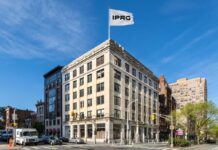Like all great art, architecture relays secrets of centuries past and offers a window into the culture and history of those who came before us. Renowned for its rich history, Jersey City’s most iconic buildings, and the people who dwelled within, provide a unique insight into how the city we’ve come to know and love has evolved over the years. Dixon Leasing understands that every historic property contributes to Jersey City’s story. That’s why we make every effort to restore or recreate the architectural elements that make each home unique. Join us as we take a trip through history and look behind the facades of some of Jersey City’s beautiful buildings in an ongoing collaboration with Jersey Digs.
Today, we’ll take a trip through history and explore a well-known church and its accompanying parsonage situated at 158-162 Mercer Street.
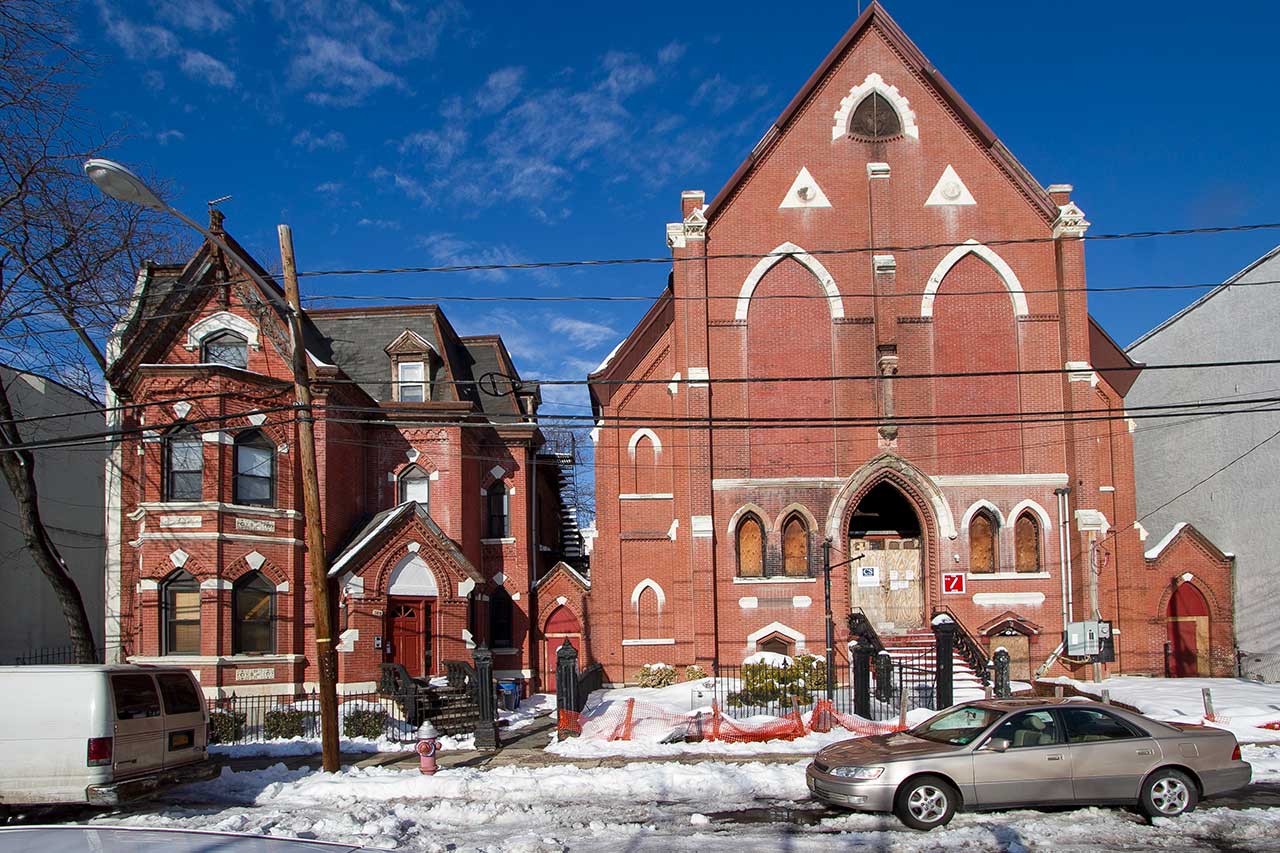 As you travel down the quaint, tree-lined streets in the Van Vorst Park Historic District of Jersey City, brownstones and buildings hide rich histories behind ornamented windows and brick facades. Nowhere else is this more apparent than the church and parsonage at 158-162 Mercer Street. Built in 1874, the church was funded by George R. McKenzie on behalf of the Scotch Presbyterian Congregation, but, due to his sizable donation, the church was referred to as McKenzie church in its earliest days. McKenzie amassed his fortune as President of the Singer Sewing Machine Company where he grew the business to a global scale. In 1882, the company was described as “one of the largest and wealthiest companies in the world.” By the time of McKenzie’s retirement, he was selling over half a million sewing machines annually, accumulating an estimated net worth of $3.5 million, what would be $86.5 million in 2017!
As you travel down the quaint, tree-lined streets in the Van Vorst Park Historic District of Jersey City, brownstones and buildings hide rich histories behind ornamented windows and brick facades. Nowhere else is this more apparent than the church and parsonage at 158-162 Mercer Street. Built in 1874, the church was funded by George R. McKenzie on behalf of the Scotch Presbyterian Congregation, but, due to his sizable donation, the church was referred to as McKenzie church in its earliest days. McKenzie amassed his fortune as President of the Singer Sewing Machine Company where he grew the business to a global scale. In 1882, the company was described as “one of the largest and wealthiest companies in the world.” By the time of McKenzie’s retirement, he was selling over half a million sewing machines annually, accumulating an estimated net worth of $3.5 million, what would be $86.5 million in 2017!
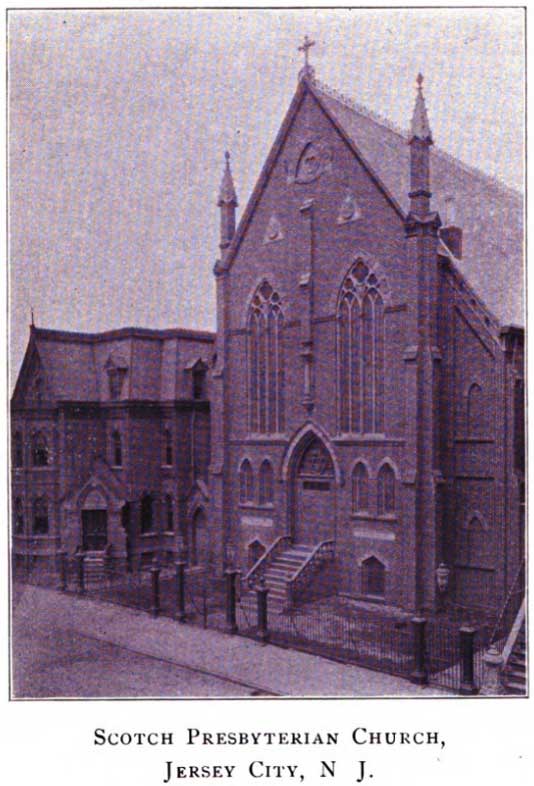 The church featured an understated interpretation of the gothic style, with pointed arches, Philadelphia pressed brick, and buttresses. However, aside from contrasting white brick and intricate decoration under the rectory windows, the level of ornamentation and finesse is considerably less than that of standard gothic revival style churches of the time. Buttresses that would normally appear on the sides of the church for support are seen on the front and are exclusively decorative. While the architect is unknown, it’s presumed to be the work of Edward Simon as he had close working ties with McKenzie and built a church of similar design in the Greenville section of Jersey City.
The church featured an understated interpretation of the gothic style, with pointed arches, Philadelphia pressed brick, and buttresses. However, aside from contrasting white brick and intricate decoration under the rectory windows, the level of ornamentation and finesse is considerably less than that of standard gothic revival style churches of the time. Buttresses that would normally appear on the sides of the church for support are seen on the front and are exclusively decorative. While the architect is unknown, it’s presumed to be the work of Edward Simon as he had close working ties with McKenzie and built a church of similar design in the Greenville section of Jersey City.
The church’s first pastor was Reverend James Harkness, who during his tenure changed the name of the church from “Scotch Presbyterian” to “Third Presbyterian” as he believed in the second coming of Christ and the literal rendition of the Bible. Harkness actively studied medicine, and once said of himself, “I preach some, and I practice some. I preach every Sunday, and practice whenever I can get a patient.” Harkness remained the pastor of the church until his death in 1878. Following his death, Reverend Sommerville Stobbs took over. Stobbs resided here for only six short years, and toward the end of his pastorate, the church ran into financial difficulties and was forced into foreclosure.
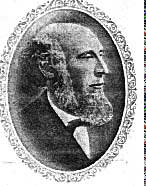
At the peak of George R. McKenzie’s wealth, he purchased the church and parsonage and in 1884, he fully gifted them to the Scotch Presbyterian Church. However, with this gift came stringent stipulations. First, the church would forever return to its original name. Second, the church was to be kept in proper repair at all times. Third, and most important to McKenzie, no instrumental music was to be played during worship. Fourth, should the property be sold, all proceeds must support a church that functions in the same manner as the Scotch Presbyterian Church. And last, but not least, there was to be no lien on the property to pay the salary of the minster. The parsonage next to the church was also given to the Scotch Presbyterian Church by McKenzie, under the condition that it remain as the dwelling for the acting pastor or minister.
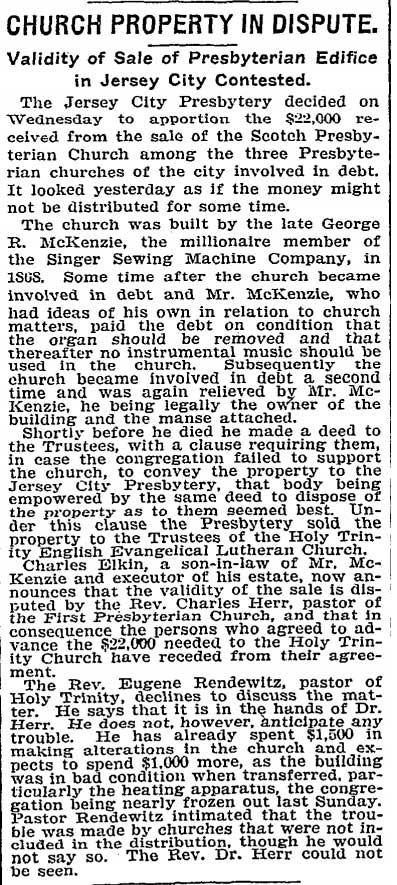
As subsequent years passed, various pastors and reverends would serve the church until 1900 when the Scotch Presbyterian Church closed its doors and the property was handed over to the Presbytery of Jersey City. The exclusion of all instruments, including organs and pianos, directly led to the downfall of the church as members sought other churches that allowed music. Once the doors closed, the Presbytery began to violate the strict conditions set by McKenzie. The Presbytery sold the church to the Evangelical Lutheran Church of the Holy Trinity of Jersey City and used some of the proceeds to ameliorate the debt of three other churches in Jersey City. McKenzie’s descendants would challenge this sale for years to come, but ultimately, the conditions set by McKenzie were deemed illegal and all suits from his heirs were denied.
After the buildings formally came under the control of the Evangelical Lutheran Church of the Holy Trinity of Jersey City, major renovations were done to upgrade the heating systems and modernize the building. Less than a decade later, the church was sold to Clara Hanson in 1918. Hanson immediately re-sold the church to the Joseph Dixon Crucible Company – still well known for their Dixon pencils. While the property was owned by the Dixon Crucible Company, it still functioned as the Evangelical Lutheran Church.
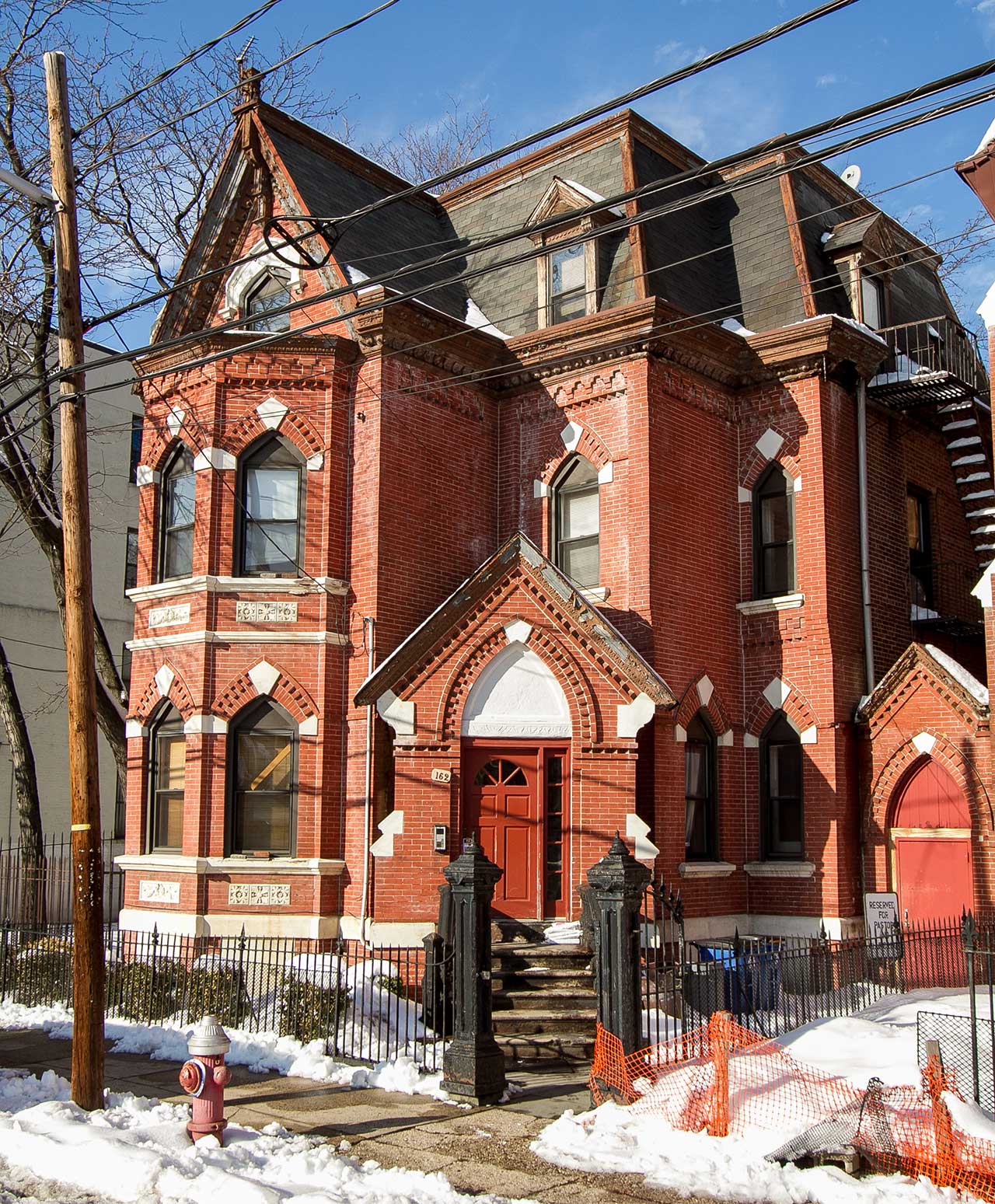
Throughout the following decades, the church continued to pass through a variety of owners. In its final iteration as a church, the building was the Bethesda Baptist Church of Jersey which succumbed to a devastating fire in 2007. The church was unable to afford the necessary repairs, causing them to file for bankruptcy in 2013. Just one year later, Dixon Advisory USA purchased the property. Well known in Jersey City for their historically accurate renovations, Dixon Projects has been commissioned to restore this property to its original grandeur and turn both the church and the parsonage into a unique multi-family residence, where renters will be able to appreciate the building’s rich history while enjoying modern amenities.

